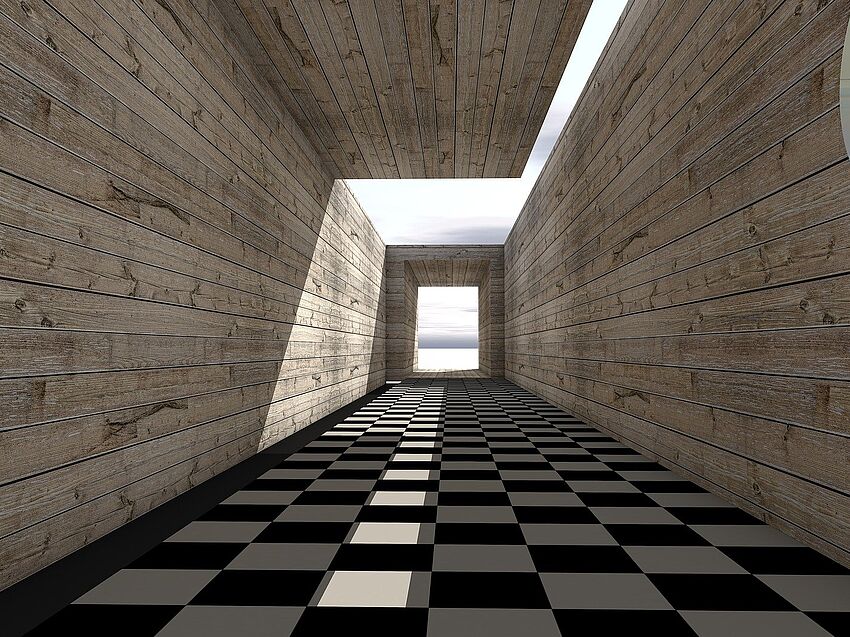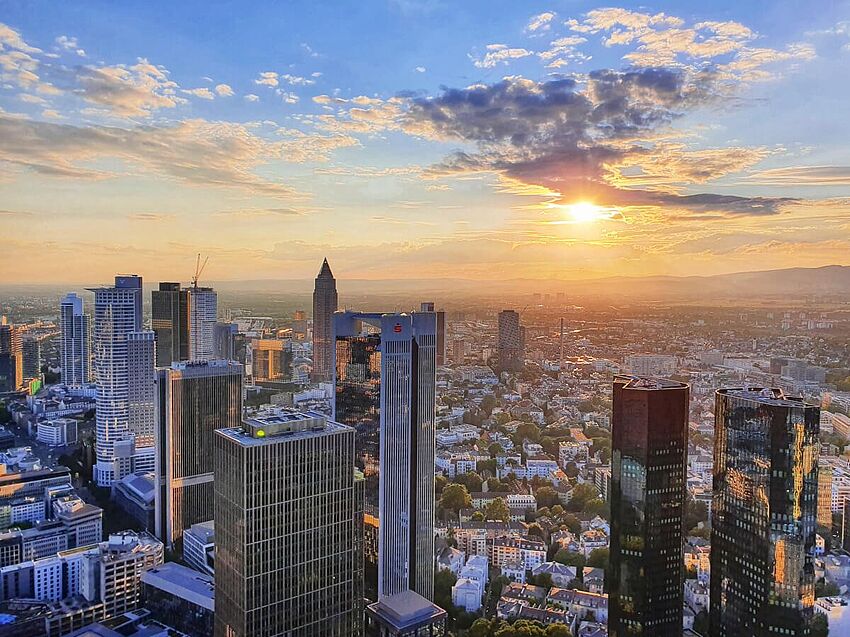The 20 most expensive buildings in the world: from super mosques to luxury casinos
Nowhere else does so much waste accumulate as during construction. But we have already shown that it is also possible to build with waste products. Now a Danish architect's office is demonstrating that not only can materials that were previously used for a different purpose be recycled as building materials, but that pure waste products that would otherwise have no use whatsoever can also be upcycled for construction. This Upcycling construction demonstration is called "Det Biologiske Hus", or "the biological house", and not only Upcycling does it live up to its name.
The problem with finite resources is that their sources simply dry up at some point. While it may still be possible to reuse what has already been used, recycling is only possible to a limited extent. It is clearly better to use renewable resources if possible. The architects Frederik Agdrup and Nicholas Bjørndal from een til een followed this idea and - supported by 40 different companies and the Danish Ministry of the Environment - developed Biologiske Hus, a house that largely makes do with what nature provides in a renewable way.
Building with grass, straw and tomatoes
Een til een generally build houses planned in 3D from intelligent, prefabricated wooden components made of breathable natural materials. What the two architects from Mother Nature used for the construction of the Biologoske Hus is in part highly amazing. For example, they used materials based on agricultural residues that would otherwise have been burned or thrown away, such as grass, straw, tomatoes, seaweed and algae. The outer shell, in turn, is made of kebony, a fast-growing softwood obtained from sustainable forestry, which is polymerized by a decoction of organic waste to give it the properties of slow-growing hardwoods.
Small "footprint"
The fact that Biologiske Hus is completely dedicated to the protection of nature is not only shown by its material. Normally, when a building is constructed, the foundation alone destroys a large area in ecological terms. Biologiske Hus is different: instead of a concrete foundation, the single-family home rests on a screw pile foundation. The ecological "footprint" is therefore also extremely small in this respect.
The use of such a pile foundation not only benefits nature, but also has time advantages due to the quick installation. The simple and fast foundation is also in harmony with the potentially locally flexible use of the building: The Biologiske Hus is based on a modular construction that allows it to be dismantled and rebuilt elsewhere as required.
New house for new times
From sustainability and upcycling concepts to high mobility and flexibility, Biologiske Hus brings together some of the latest trends in house construction. The architects of een til een have the sustainable and at the same time cheaply producible house in mind as a replicable answer to climate change and the worldwide housing crisis. The fact that they are hitting the zeitgeist is shown by the great interest in the project: the prototype has already attracted over 120,000 visitors in Middelfart since its completion in 2017.




